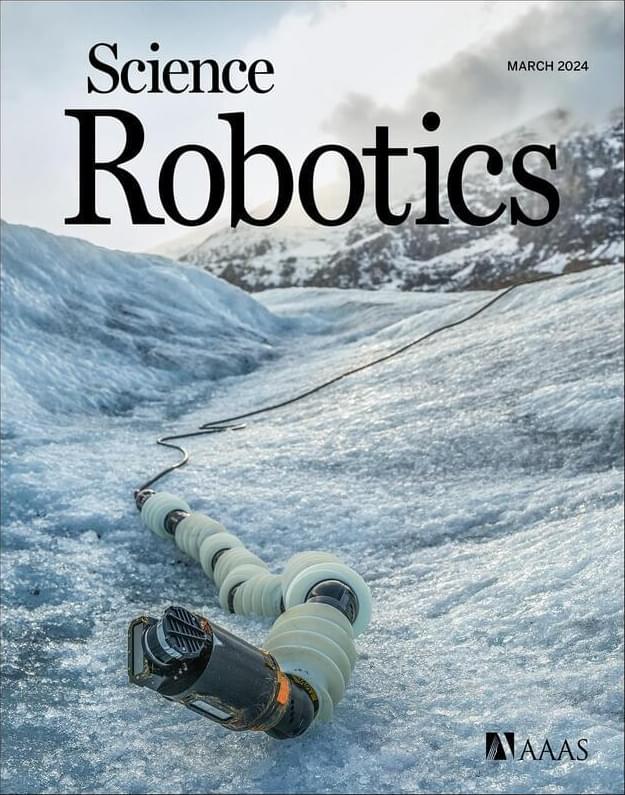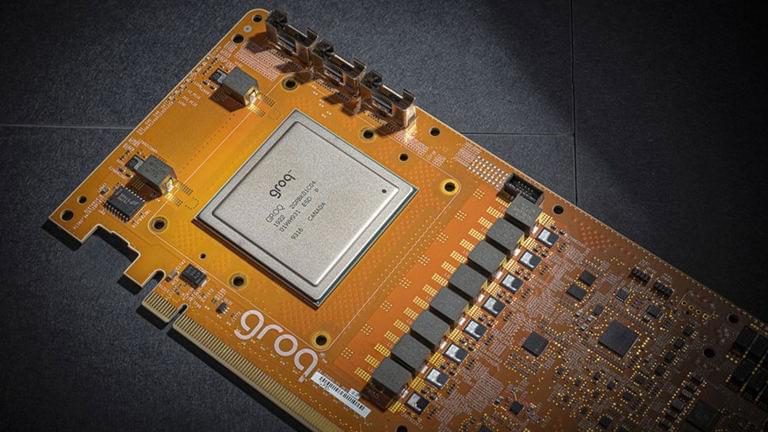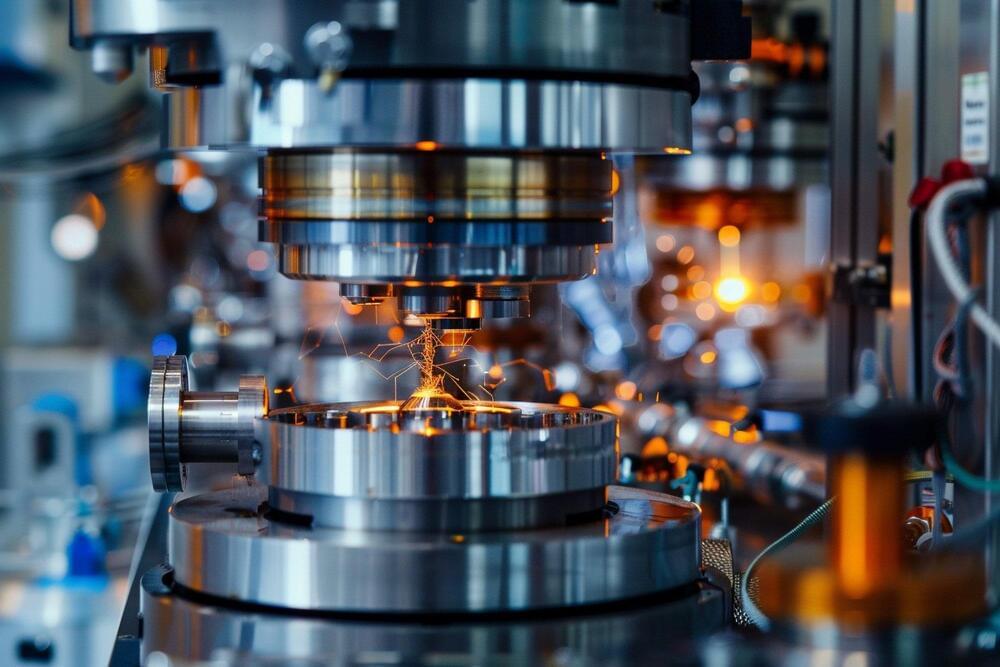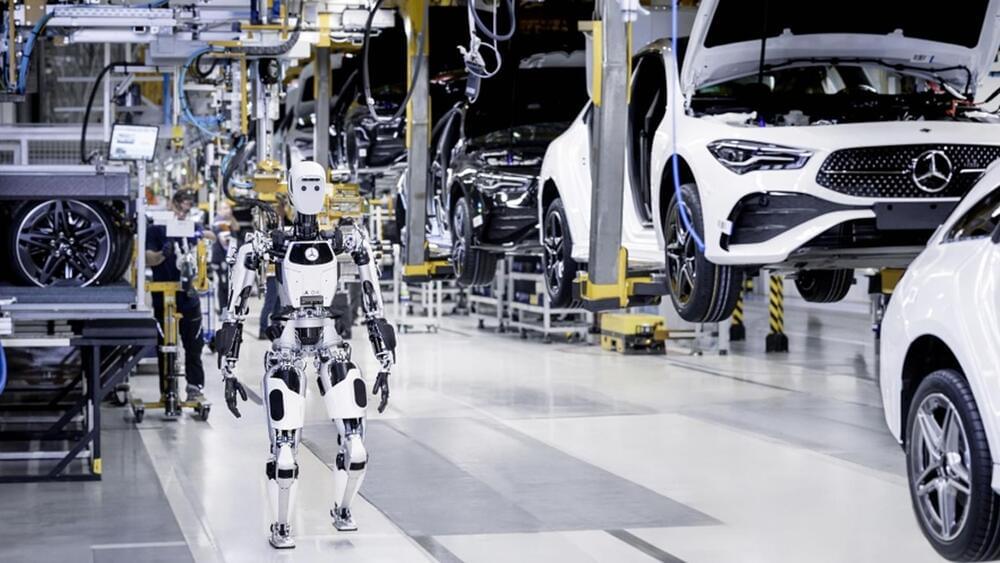Mar 18, 2024
ANYmal parkour: Learning agile navigation for quadrupedal robots
Posted by Raphael Ramos in category: robotics/AI
An updated learning method—centered around walking, crouching, climbing, and jumping—could one day help the ANYmal robot vault over and crawl under physical hurdles during search and rescue missions.

















